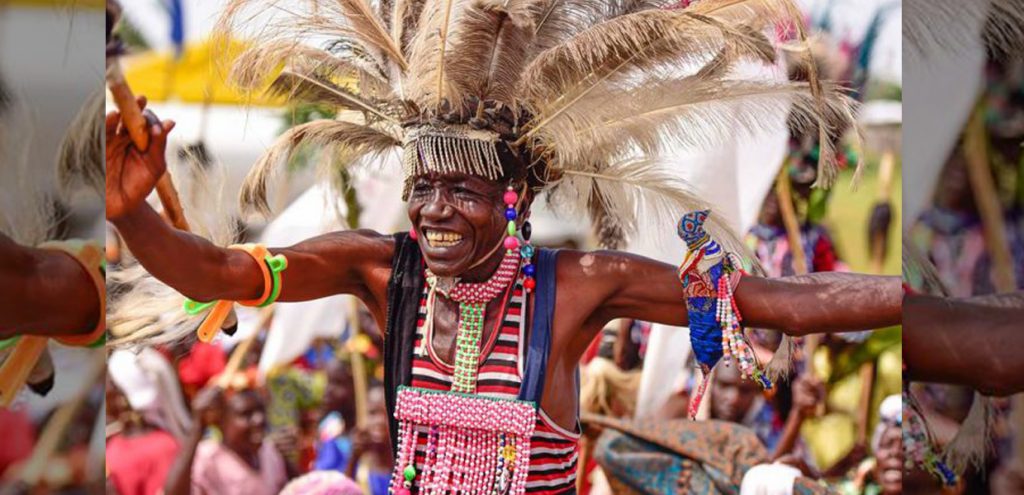The Iteso people originate from the Karamojong region living in and near Kidepo Valley National Park in Northeastern Uganda. While they may or may not be direct descendants of the Karamojong, they certainly still have strong linguistic and cultural ties to the region. While they have been influenced to some degree by their neighboring cultures including the Luo, the Teso’s closest Kenyan relations are the Pokot. This is a Kalenjin tribe found throughout Western Laikipia and the area north of the Cherangani Hills.

In fact, it is the cultural links to the Teso that separate the Pokot from the other members of the Kalenjin collective. There is one important difference though, between the Pokot and the Iteso. While the Pokot have long had two distinct tribal units – one cattle herding nomads and the other sedentary agriculturalists, the Iteso were originally agriculturalists who recently acquired cattle.
Culture and Structures of Iteso People
Teso culture is structured around a system of age and age-politics. Respect for elders is paramount, and traditionally the power base of tribe and clan stemmed from the authority of age. Initiation was never through rites of circumcision but through rites of animal sacrifice and large scale feasting, bringing young men into manhood within age sets known as ‘item’. The Iteso held great faith in the power of divining and prophecy, so, traditional diviners (’emuron’) would cast sandals on the earth and read their position as signs of things to come. This practice is also seen in the traditional beliefs of other Northern Kenyan tribes, including the Pokot, Samburu and Borana.
Mount Elgon National Park lies directly on the Uganda – Kenya border, a line of recent and insignificant importance in the cultural history of the region. Both the Sabaot and the Pokot therefore have many bonds and cultural ties to Eastern Ugandan tribes, including a tribe with close relations, the Iteso.
The people living here appeared to be physically similar to the Masai, and for some time that is how they were known. In fact, these people were not Masai. They were in fact members of four very small tribes; the Kony, Sapei, Pok and the Bungomek. These tribes are known collectively as the Sabaot, and are also part of the Kalenjin collective.
Besides Iteso people, Uganda is a rich multi-cultural country, so don’t miss out on experiences with the nearby Bagisu or Bamasaba people, Sebei people, and further northeast, the famous Karamojong group or Ike community. Get mesmerized by the Batwa trail in both Bwindi Impenetrable National Park and Mgahinga Gorilla National Park. While in Bwindi, you can also also opt for the breathtaking gorilla trekking experience.
